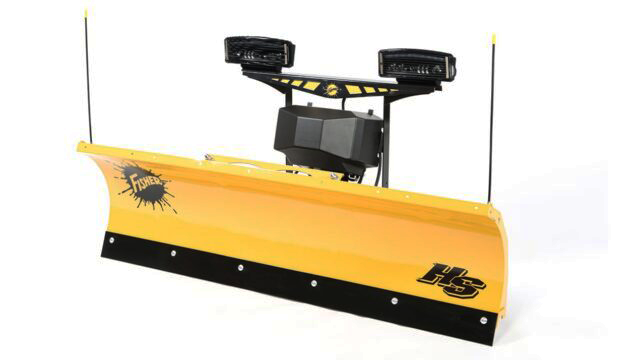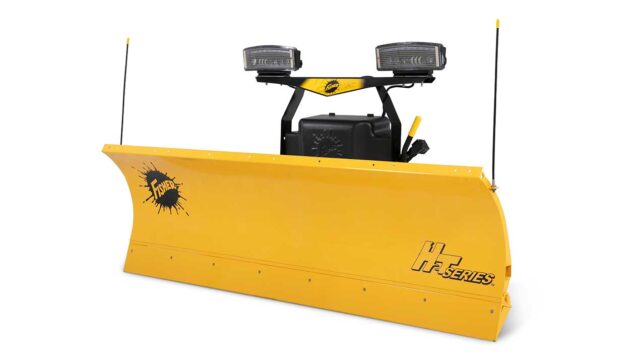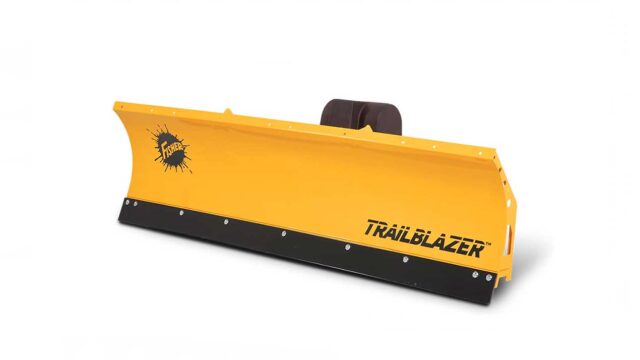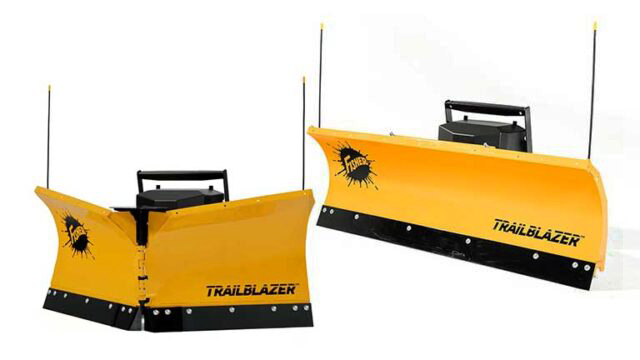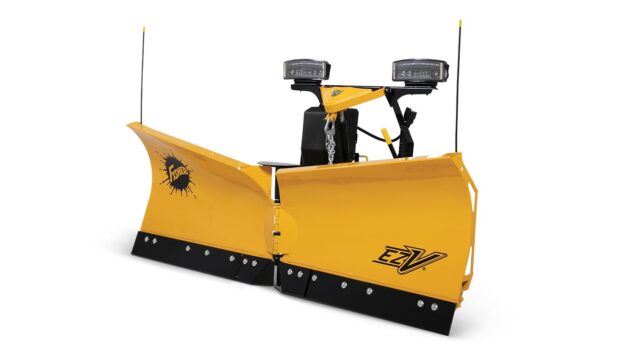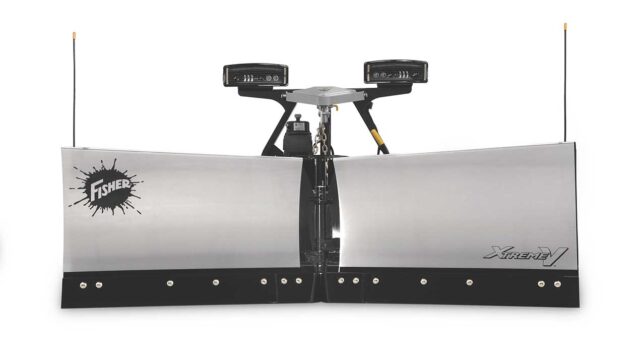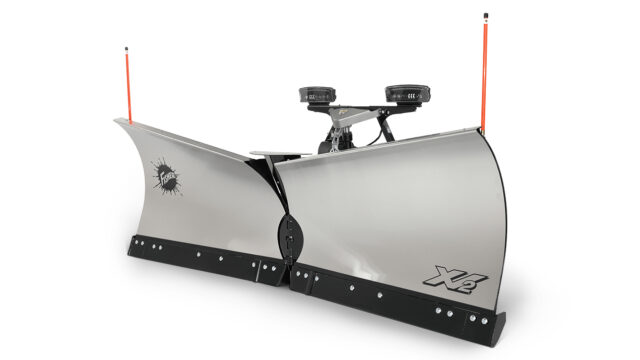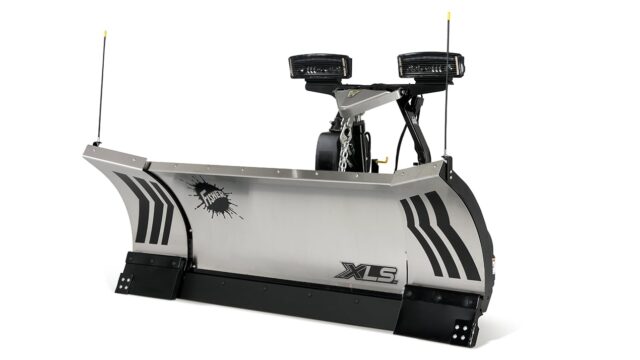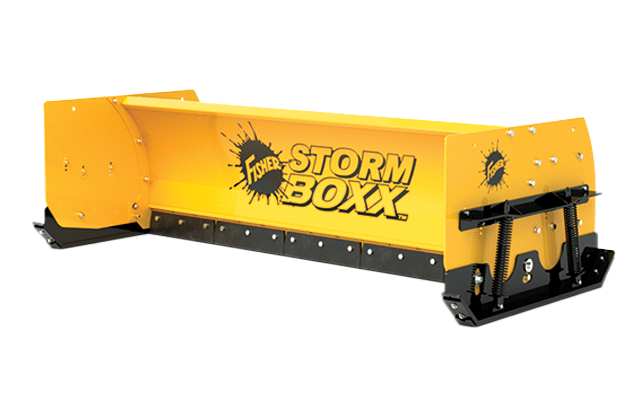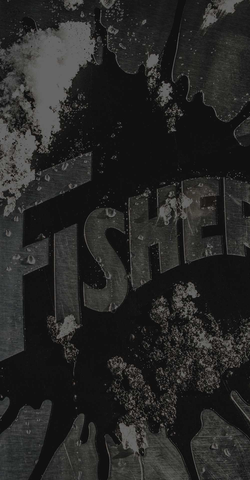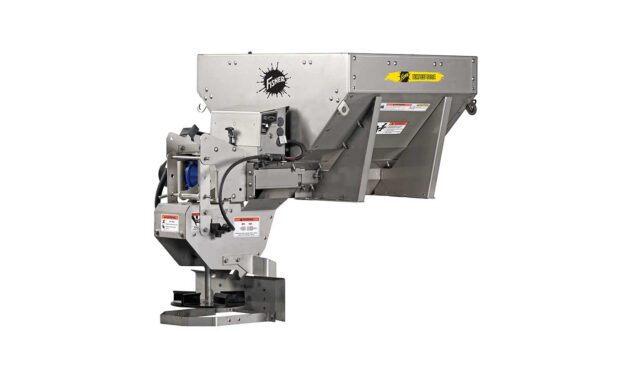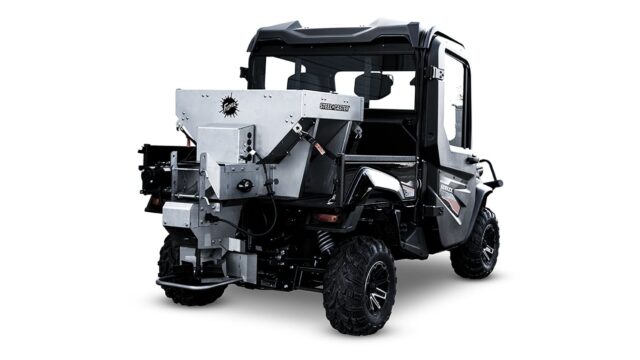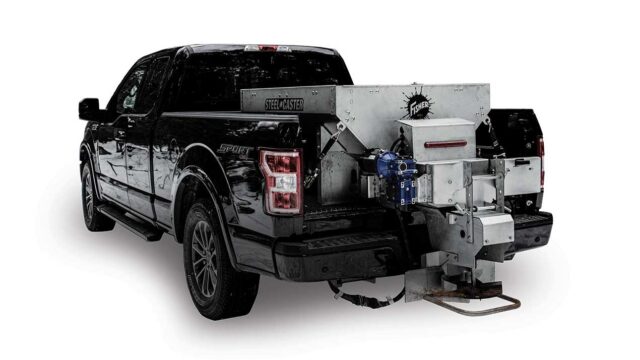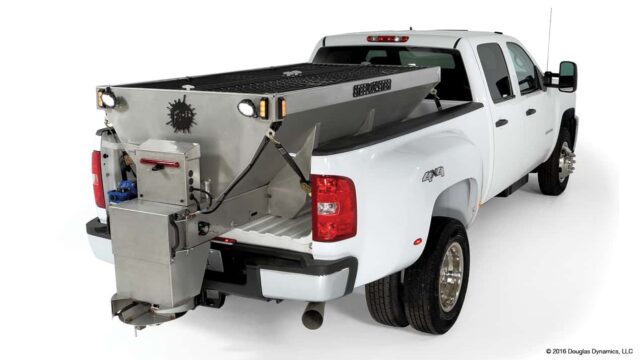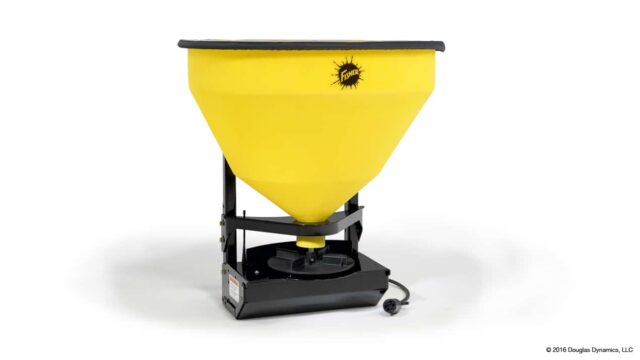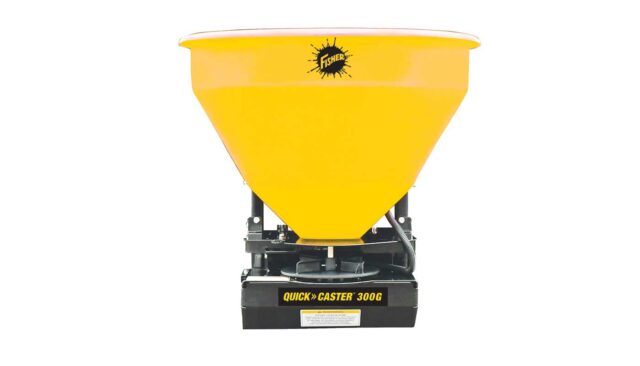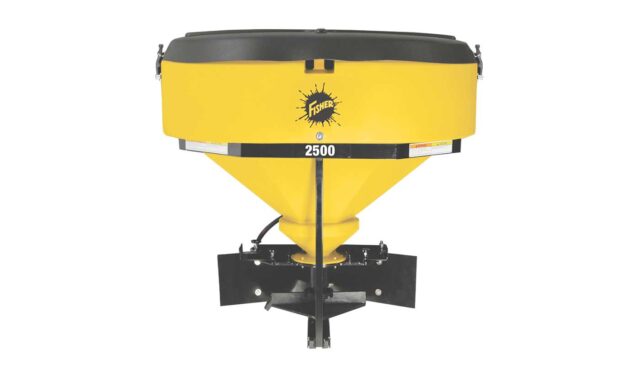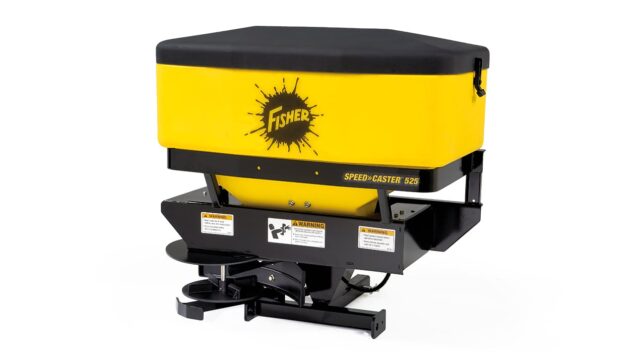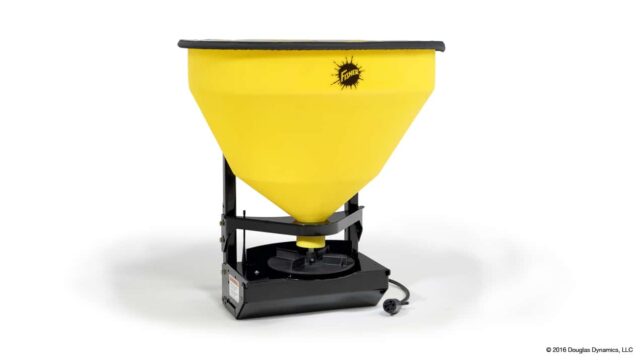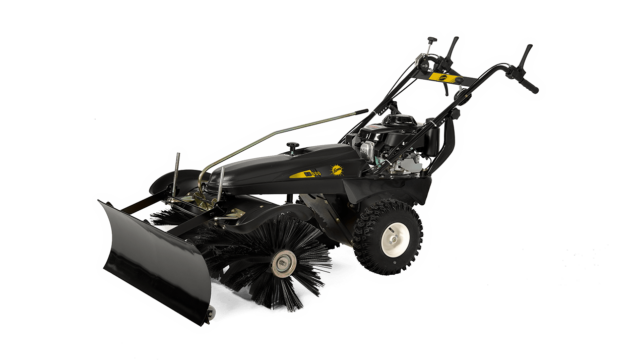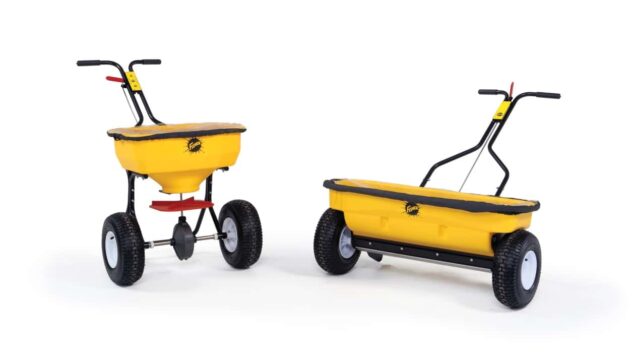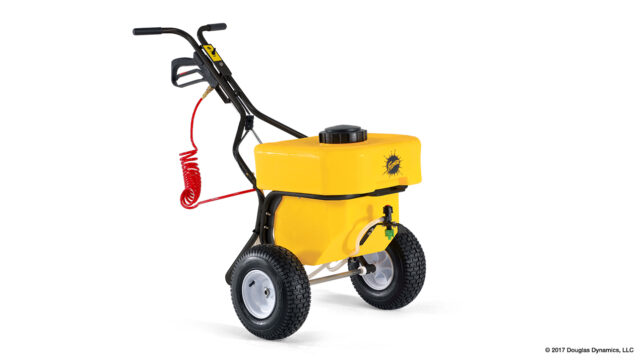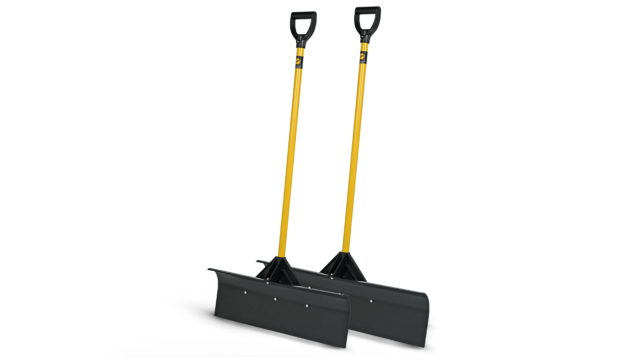Best Practices for Plowing During a Heavy Winter Storm
Created December 15, 2020
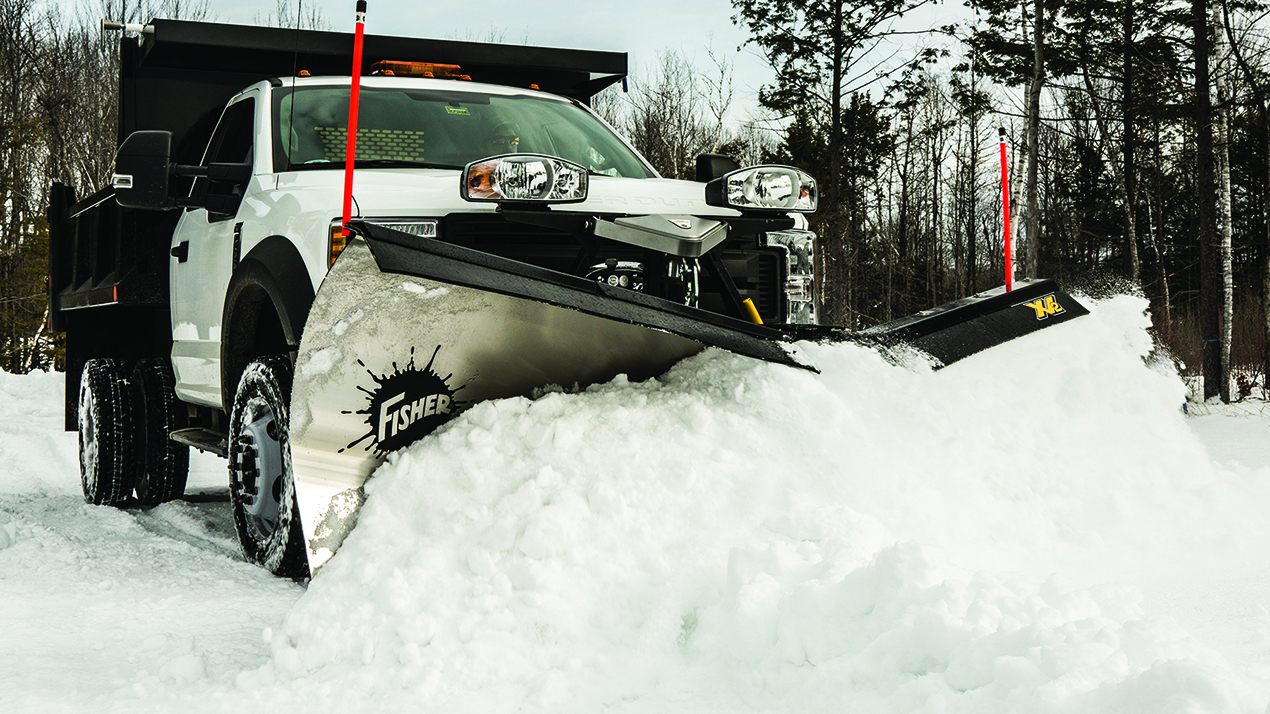
Snow removal can be a tough job even under ideal conditions. Whether you are new to snow plowing or not, when a heavy storm hits, the industry standard is to plow with the storm rather than after. Big winter storms bring deep snow which makes your job as a snow contractor more difficult. Productivity can diminish if the snow isn’t cleared multiple times during the storm. At a certain point, it becomes almost becoming impossible to clear snow efficiently and as a result wears out your equipment.
There is No Substitute for Proper Equipment Maintenance
In the days leading up to the next winter storm, make sure all snow and ice control equipment is ready to go. Thoroughly inspect your plow and/or spreader and perform all recommended maintenance to ensure the equipment is prepared for the storm ahead. Follow these tips for ongoing maintenance and pre-event checks.
Planning for the Snow Ahead
Handling a major snowstorm or blizzard all comes down to proper planning.
- During large nor’easters or lake effect snow, determine where the heaviest snow bands will setup and plan around those areas. Large snow events will require you to go out and plow several times throughout the storm to keep up with the accumulation.
- Determine the needs of your clients. Businesses that are open and receive heavy traffic even during winter storms will need attention first. You can prioritize these ahead of other accounts that are not as critical.
- When looking for an emergency location to pile snow in the event that stacking in prearranged spots becomes impossible, find somewhere that can easily drain when the snow and ice melts. Ideally, these spots should be identified with clients before the season starts. Safely stack the snow in order to maximize parking availability and allow easy access and maneuverability for regular business operations.
- Pre-treat areas using salt, brine, or other chemical applications appropriate for your geographic location. This helps to prevent snow and ice from forming a bond to the pavement.
Before you head out on the road, make sure you’re also physically prepared. Pack your emergency kits, top off your gas tank, and get a good night’s sleep. Remember the essentials like extra warm clothing, blankets, shovel, gloves, flashlight, water and healthy snacks like sunflower seeds or almonds.
Plowing Safety is Key to Efficient Operations
The safety of your clients and crew are held to a high standard, do the same for your equipment.
- During a snow state of emergency, follow your local government officials to stay up-to-date with all local snow emergency requirements.
- Plow often so the snow doesn’t sit too long. Idle snow can freeze up, especially if there is a layer of ice underneath and hard packed snow can be extremely difficult to plow.
- Lessen the amount of back and forth driving while plowing. Too much movement creates a layer of ice and can create rivets that will be difficult to remove.
- Clear off sidewalks and areas near buildings first. This allows you to plow this snow away from these areas, reducing the amount of piled up snow around entryways.
- Stay awake and alert while out plowing for long hours by lowering the temperature in your vehicle, changing the seat position, or chewing ice or gum.
- If you have the personnel to manage it, create a sleep plan to cycle workers in the field during long events. This will help to avoid accidents and successfully clear each property.
Always check with your local FISHER® dealer to determine if they are open during snow emergencies or provide any other services that may be helpful to you during a major snowstorm.
Go big with snow removal and get the equipment that’s going to get the job done all season long. The award-winning STORM BOXX™ pusher plows with TRACE edge technology are designed for the big storms, moving massive amounts of snow, so you can get more jobs done faster and better.
